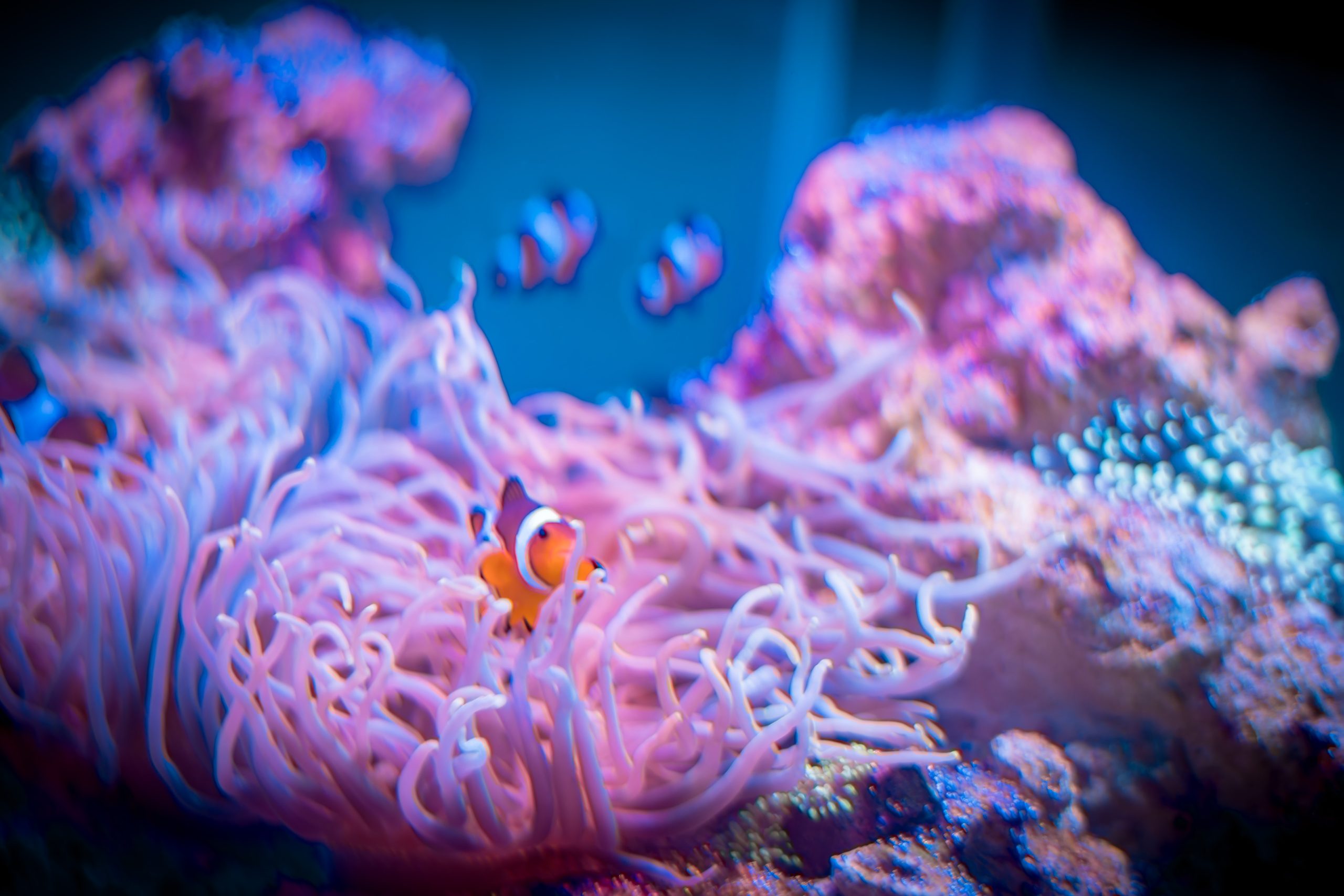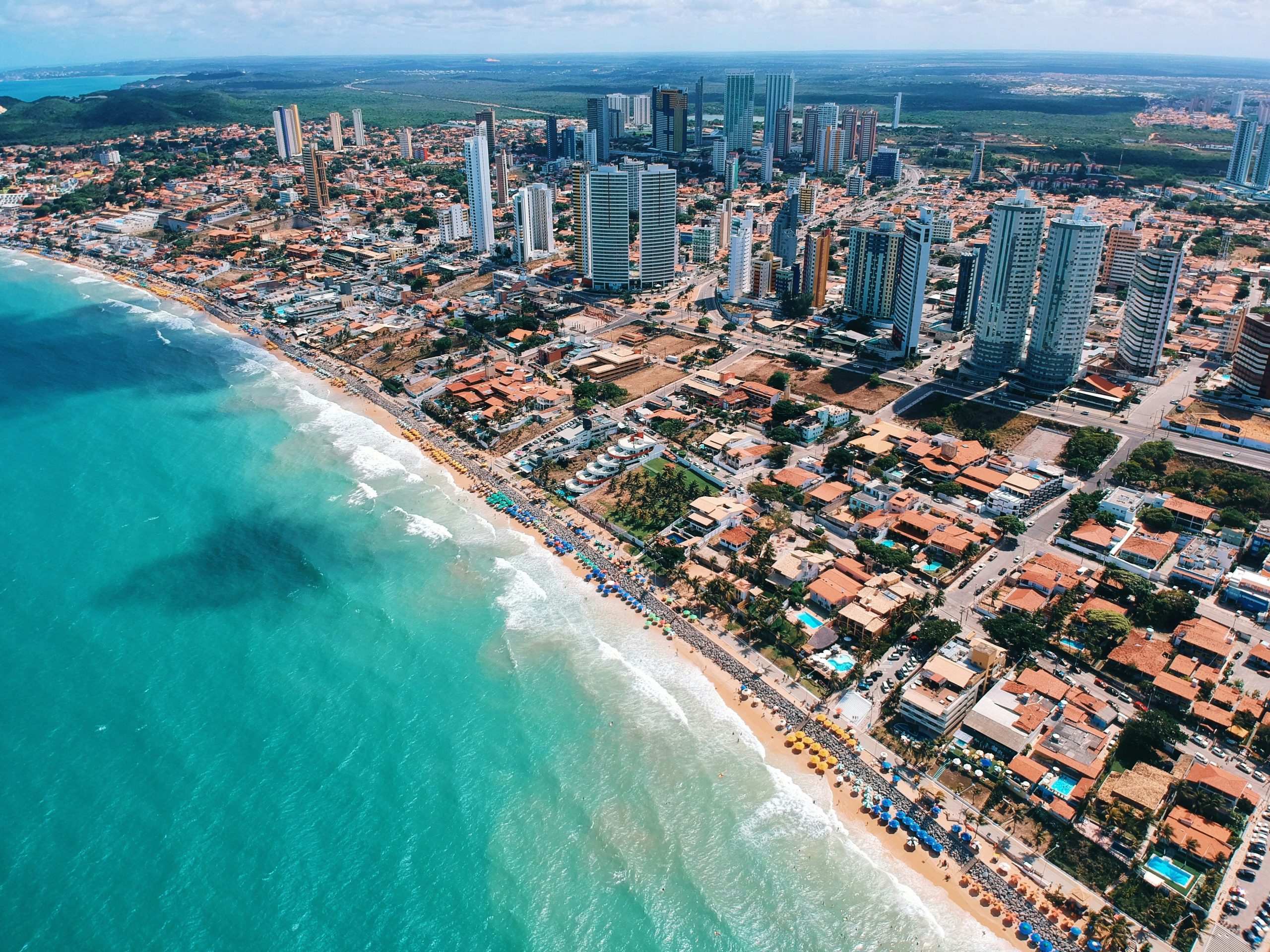Fish live in water
Welcome to our blog, where we dive deep into the fascinating world of fish! These aquatic creatures have captivated humans for centuries, with their sleek bodies and mesmerizing movements. From the smallest guppies to the mighty sharks, fish come in all shapes and sizes, each with its own unique characteristics. In this article, we’ll explore the incredible lives of fish, from how they breathe underwater to their diverse habitats and reproduction methods. So grab your snorkel and let’s plunge into the depths of knowledge about these marvelous creatures that call water their home!
Fish
Fish are truly remarkable creatures that have evolved to thrive in aquatic environments. Their bodies are perfectly adapted for life underwater, with streamlined shapes that allow them to glide effortlessly through the water. One of the most fascinating aspects of fish is their ability to breathe through gills. These specialized organs extract oxygen from the water, allowing fish to survive and thrive beneath the surface.
There are countless species of fish, each with its own unique characteristics and adaptations. Some fish prefer freshwater habitats like rivers and lakes, while others can be found in saltwater oceans and seas. This diversity in habitat allows for a wide range of ecosystems to exist, supporting an abundance of marine life.
Reproduction among fish can vary greatly depending on the species. While some lay eggs that hatch outside their bodies, others give birth to live young or even exhibit complex mating behaviors such as courtship dances or elaborate nest-building rituals.
When it comes to food, fish have diverse diets as well. Some feed on algae and plants, while others are carnivorous predators that hunt smaller fish or even marine invertebrates like shrimp and squid. The variety in feeding habits ensures a balance within aquatic ecosystems.
As humans continue to impact our environment, it’s crucial that we take steps to protect our precious fish populations. Pollution from chemicals and plastics can contaminate their habitats and harm their health. Overfishing also poses a significant threat by depleting stocks faster than they can replenish themselves.
By promoting sustainable fishing practices and reducing pollution levels, we can contribute towards ensuring a healthy future for our finned friends who rely on clean waters for survival.
Fish are aquatic creatures
Fish are fascinating creatures that have adapted to life in the water. They are classified as aquatic animals, meaning they spend their entire lives submerged in water. Unlike humans and other mammals, fish do not have lungs and cannot breathe air. Instead, they rely on a specialized organ called gills to extract oxygen from the water.
Gills are located on both sides of a fish’s head and consist of thin filaments that contain blood vessels. As water flows over the gills, oxygen is extracted from it and absorbed into the bloodstream while carbon dioxide is released back into the surrounding water. This remarkable adaptation allows fish to survive underwater by continuously extracting oxygen from their watery environment.
The world’s oceans, rivers, lakes, and even ponds serve as habitats for different types of fish. Each species has specific requirements when it comes to their living conditions. Some fish thrive in saltwater environments such as coral reefs or open ocean waters, while others prefer freshwater habitats like rivers or lakes.
There are also certain species known as euryhaline fish that can tolerate a wide range of salinities and live in both saltwater and freshwater ecosystems. These adaptable creatures possess physiological mechanisms that allow them to regulate their internal salt concentrations depending on their surroundings.
Fish reproduction varies among species but generally involves external fertilization where males release sperm into the water which then fertilize eggs laid by females. The fertilized eggs develop into larvae which eventually grow into adult fish with time.
When it comes to diet, fishes exhibit diverse feeding habits depending on their species and ecological niche within an ecosystem.
Most common diets include herbivores who consume plants matter,mollusks,insects etc.
Carnivorous fishes feed primarily on smaller prey including other fishes.
In addition,the selective few omnivorous fishes consume both plant material along with small aquatic organisms like insects,worms etc.
As important links within food chains,fishes play crucial roles maintaining balance within aquatic ecosystems.
As humans, we have a responsibility to protect fish populations and their habitats. Pollution
They breathe through gills
Fish have a fascinating way of breathing. Unlike humans and most other animals, they don’t rely on lungs to take in oxygen. Instead, fish breathe through gills. These specialized organs are located on the side of their heads and extract oxygen from water.
Gills are made up of thin filaments that contain countless tiny blood vessels. When water flows over these filaments, the oxygen molecules dissolved in it are absorbed into the fish’s bloodstream while carbon dioxide is released back into the water.
This unique adaptation allows fish to live underwater without needing to come up for air like we do. They can continuously extract oxygen from their watery environment as long as there is enough dissolved oxygen present.
It’s important to note that not all aquatic creatures have gills. For example, dolphins and whales are mammals and breathe air using lungs just like we do. However, most species of fish rely solely on their gills for respiration.
Next time you spot a fish swimming gracefully in a body of water, take a moment to appreciate its incredible ability to extract life-giving oxygen from its surroundings through those little slits called gill covers!
Different types of fish live in different kinds of water
Different types of fish have adapted to live in various kinds of water environments. Some fish are found in freshwater habitats such as rivers, lakes, and ponds. These fish have evolved specialized adaptations to thrive in these environments.
For example, species like trout and bass are commonly found in freshwater bodies. They have streamlined bodies that allow them to swim swiftly through the currents. Freshwater fish also possess gills that extract oxygen from the water for respiration.
On the other hand, there are fish species that can only survive in saltwater or marine environments. Saltwater fish, such as tuna and marlin, are often larger and more powerful than their freshwater counterparts. They possess salt glands that help them eliminate excess salts absorbed from seawater.
Interestingly, some species of fish can adapt and live in both fresh and saltwater habitats. These migratory or euryhaline fishes include salmon and eels which spend part of their lives in freshwater before migrating to the ocean for reproduction.
The ability of different types of fish to inhabit specific kinds of water is crucial for maintaining biodiversity within aquatic ecosystems. It highlights the incredible diversity present within our planet’s waterscapes!
Some fish can live in both salt and fresh water
Some fish have the amazing ability to survive in both saltwater and freshwater environments. These incredible creatures are known as euryhaline fish.
One example of a euryhaline fish is the salmon, which starts its life in freshwater rivers before migrating to the vast depths of the ocean. The ability to adapt to different salinity levels allows salmon to navigate between these two drastically different habitats.
Another fascinating euryhaline species is the bull shark. This formidable predator can be found swimming not only in oceans but also in rivers and lakes. It has developed special adaptations that enable it to regulate salt concentrations within its body, allowing it to thrive in both environments.
The ability for some fish species to live in multiple types of water is truly remarkable. It demonstrates their resilience and adaptability, allowing them access to a wider range of resources and habitats.
Understanding how these fish are able to tolerate such varying conditions can provide valuable insights into how we can better protect our aquatic ecosystems. By studying their unique biology and behavior, scientists can develop conservation strategies that ensure the long-term survival of these incredible creatures.
The fact that some fish can inhabit both saltwater and freshwater environments showcases nature’s ingenuity at its finest. Their adaptability serves as a reminder of the intricacies and wonders of our natural world, urging us all to appreciate and safeguard these delicate ecosystems for generations to come
How do fish reproduce?
How do fish reproduce? Reproduction in fish is a fascinating process that varies among different species. Generally, most fish reproduce by laying eggs, but there are exceptions to this rule.
In some species, male fish release sperm into the water, while females release their eggs. The fertilization occurs externally as the sperm and eggs meet in the water. This method is called spawning and often involves large groups of fish gathering at specific times and locations to spawn together.
Other types of fish have a more complex reproductive system. Some possess internal fertilization, where males transfer sperm directly into the female’s body through specialized organs known as gonopodium or claspers. These organs allow for precise mating between individuals.
Once fertilized, the female may lay her eggs in various ways. Some attach their eggs to plants or rocks; others build nests using bubbles or create burrows in sediment.
The development of these eggs can take anywhere from a few days to several months depending on factors such as temperature and species-specific requirements.
It’s important to note that not all fish follow these methods of reproduction. There are unique strategies found across numerous species that continue to fascinate scientists studying aquatic life.
Understanding how different kinds of fish reproduce helps us appreciate their diversity and adaptability within aquatic ecosystems!
What do fish eat?
What do fish eat? Well, it depends on the species of fish and where they live. Some fish are carnivorous, which means they primarily eat other smaller fish or even insects. These predatory fish have sharp teeth and are skilled hunters.
Other types of fish are herbivorous, meaning they feed on plants and algae. They use their specialized mouthparts to scrape or graze on vegetation found in their aquatic habitats.
Then there are the omnivorous fish that have a more varied diet. They consume both plant matter and small organisms like insects or crustaceans.
It’s fascinating to think about how different species of fish have adapted to survive by consuming specific food sources. Whether it’s hunting down prey, munching on underwater plants, or scavenging for scraps, these underwater creatures have unique ways of obtaining nourishment.
In conclusion (oops!), understanding what types of food different species of fish eat is crucial for maintaining healthy ecosystems in our rivers, lakes, and oceans. By protecting these habitats and preserving the delicate balance between predator and prey populations, we can help ensure the survival of various fish species for generations to come
How can humans help protect fish populations?
In our ever-changing world, it is crucial for us humans to take responsibility and play our part in conserving the delicate balance of nature. When it comes to fish populations, there are several ways we can make a positive impact:
1. Sustainable fishing practices: By adhering to sustainable fishing methods, such as catch limits and size restrictions, we can ensure that fish populations have a chance to replenish themselves. This allows them to maintain their numbers and continue playing their vital role in aquatic ecosystems.
2. Reduce pollution: Pollution poses a significant threat to fish populations as it contaminates their habitats and disrupts their natural behavior patterns. Through efforts like proper waste disposal, reducing the use of harmful chemicals, and supporting initiatives that clean up water bodies, we can help create healthier environments for fish to thrive.
3. Protect habitats: Preserving and restoring critical habitats such as coral reefs, wetlands, rivers, and lakes is essential for the survival of fish species. These habitats provide shelter, breeding grounds, and sources of food for numerous aquatic creatures including fish. By advocating for protected areas and participating in habitat restoration projects or reforestation efforts near water bodies, we can safeguard these vital spaces.
4. Educate others: Share your knowledge about the importance of protecting fish populations with family members, friends, colleagues – anyone who will listen! Encourage responsible angling practices among fellow fishermen or engage with local communities on conservation initiatives focused on preserving aquatic life.
5.
Support research & conservation organizations: There are various non-profit organizations dedicated solely to researching marine life and implementing effective conservation strategies. Consider donating your time or resources towards these organizations’ efforts so they can continue making significant strides in protecting our underwater friends.
Remember that every action counts when it comes to maintaining healthy fish populations around the globe. Let’s be mindful stewards of our precious natural resources by working together today so future generations may also enjoy the beauty and diversity found beneath the waves.



